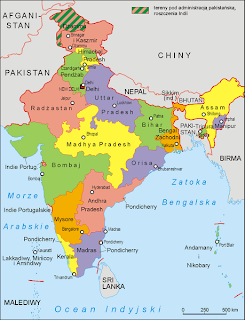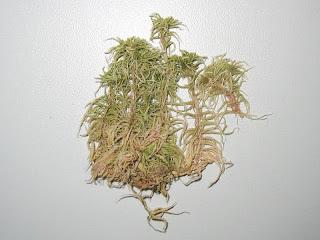Yesterday was the first day of classes for the spring semester. As much as I struggled to come back to Wisconsin this semester I know that it will be a busy and productive few months. My first class was my science elective, the Biology and Psychology of Human and Animal Relationships.
 |
| A border collie like Willie. Source: Wikimedia Commons |
I was a little concerned signing up for a zoology course, considering the majority of my science background is in environmental science (with a little biology on the side.) But, I think this class will be incredibly interesting, and judging by the readings the material won’t be anything that I can’t handle.
My professor Patricia McConnell brought her dog Willie to class for the first day. He served as an example of the emotions that some humans feel toward animals, and started a discussion about why we feel more connected to animals like dogs than we do to say a chicken. Willie is a border collie and a trained sheep herding dog, so he was well behaved enough to be allowed to wander the huge lecture hall walking up and down the rows to be petted.
It is just the beginning of the semester, but already I’ve got the ball rolling on several projects. I’m still doing background for my first Primate Center assignment, but I’ve got my first interview for that scheduled for next week. I’ve got a freelance project that I’m working on that is more health/medical writing so that is also something that is taking up my time. Being so busy is helping with my homesickness.



